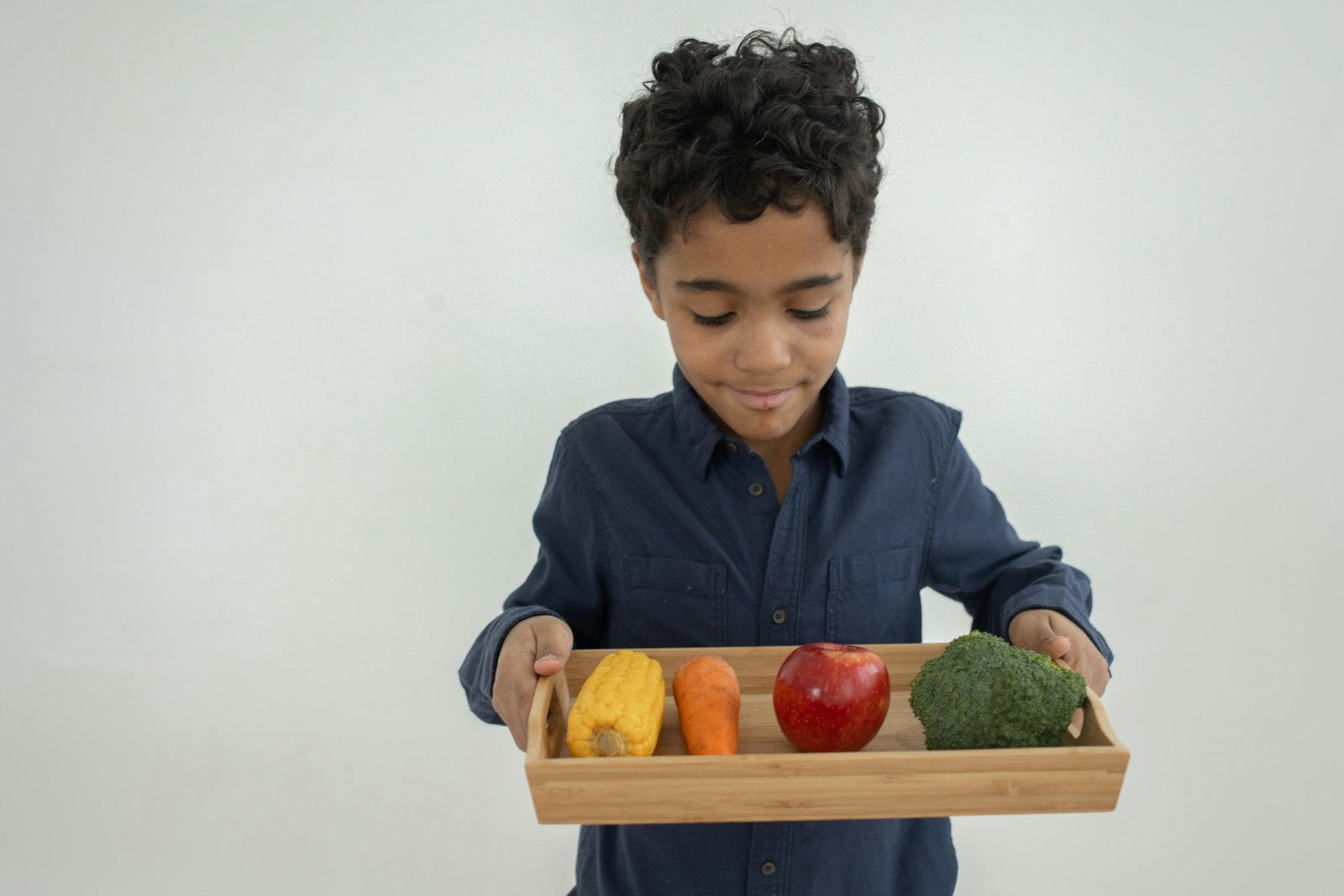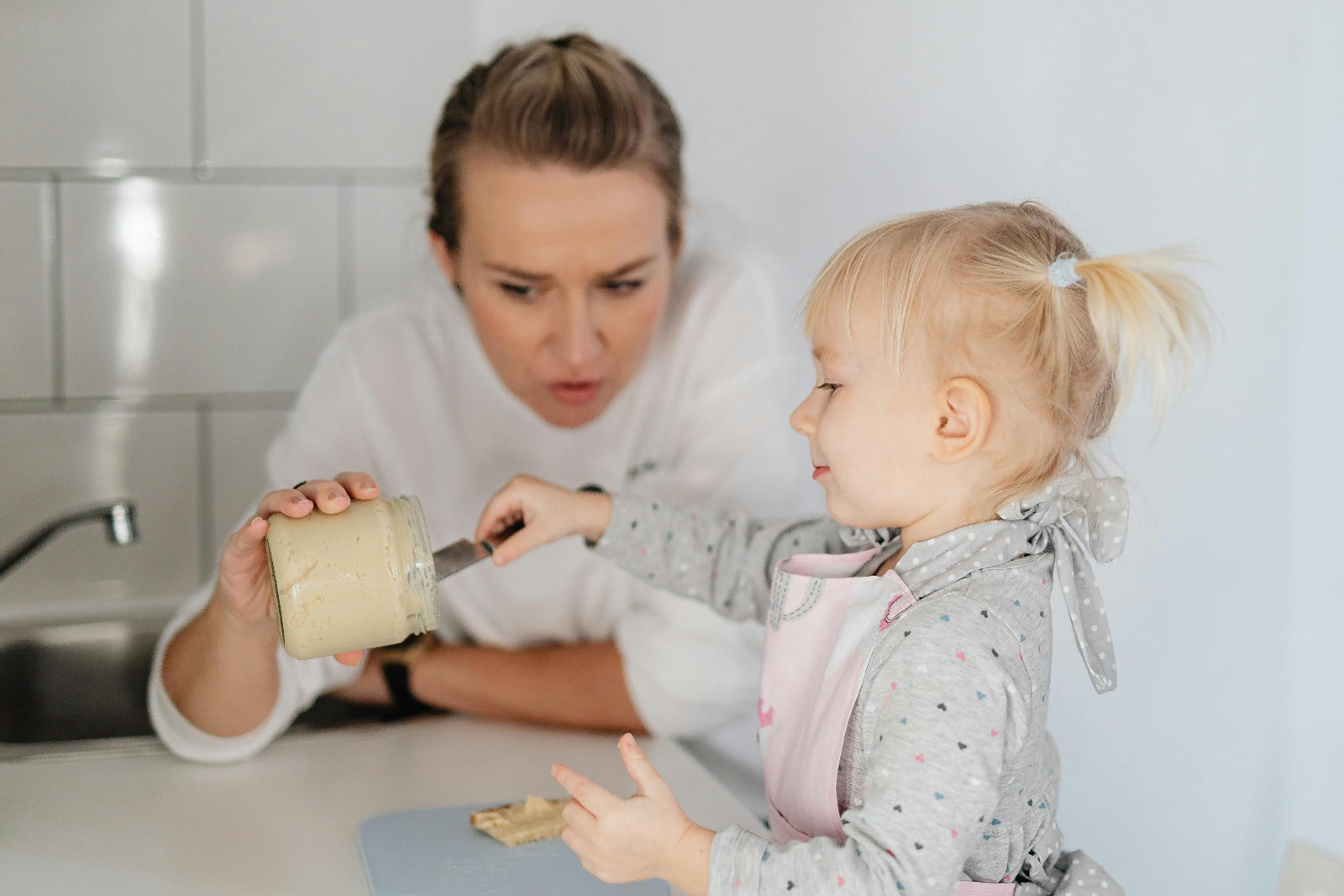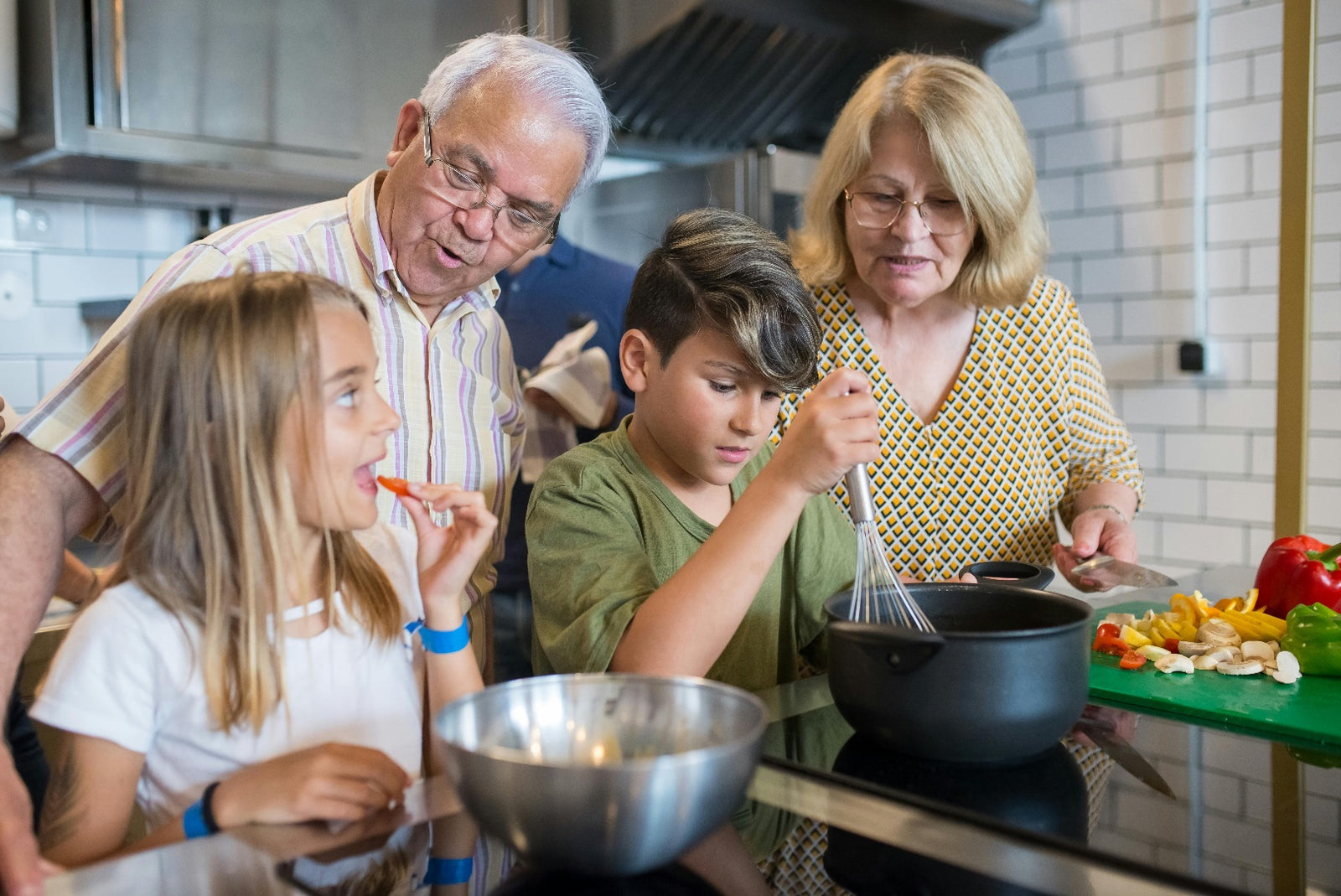Your Cart is Empty
Continue shopping10 Strategies to Tackle Picky Eating from a Registered Dietitian
Medically reviewed by Caroline Salozzo | Published July 26, 2023
share this article

Picky eating in kids can be a stressor for many parents, but often comes along with the territory of raising a family. While there's no one-size-fits-all definition for picky eating, one thing remains constant – a lack of fruits and vegetables in their diet.
When Does Picky Eating Occur?
Picky eating often occurs during the toddler years, and while some may grow out of it, for others it can result as a major stressor for parents and their little ones. Picky eating can result in a diet of limited options and in some cases, even contribute to poor growth. With this in mind, there are still plenty of strategies that parents can implement to help expand their kid’s diets and provide adequate nutrients. Let’s review some ways to tackle picking eating in kids to help ensure our little ones are meeting their nutritional needs.
Daily reads to help your little ones lead happier and healthier lives.
Join the
Happy Gut Club
1. Take an inventory of what your kid currently eats
Take a moment to jot down all the fruits, vegetables, grains, proteins, and dairy products your little one already enjoys. You might be pleasantly surprised to discover that their list isn't as short as you thought.
2. Lead by example
Show your little ones the variety of food you eat to help encourage participation. Kids learn by observing their parents' eating behaviors. Even if you're a picky eater yourself, give new foods a shot alongside your kiddos. Trying new foods can be a shared, fun experience for the whole family.
3. Repetition is key
Did you know that it can take up to 15 times for our kiddos to decide if they like a new food? Don't give up and keep offering your little ones opportunities to try again.
4. Mealtime bonding
Meals together can help with modeling behavior. Eating together as a family can positively impact our kid’s eating habits and encourage our little ones to model their behavior after you as their parent.
5. Make food fun and interesting
Make food exciting and appealing for your kiddos by adding flavor, color, and fun shapes to their meals. A few examples include:
- Adding raspberries and chocolate chips on pancakes to make a smiley face
- Making “Ants on a Log” with celery, almond butter and raisins
- Cutting sandwiches into fun, playful shapes with a cookie cutter
Begin Health
Expert Tip For an easy way to boost your kid’s fiber intake, try mixing in our tasteless and textureless Growing Up Prebiotics with 3g of fiber per serving into your kiddos favorite food or beverage. This can be a great way to sneak in extra fiber. With consistent daily use, the chicory root fiber found in our prebiotic formula can increase stooling frequency and help with a softer stool consistency after six weeks of daily use [1].
6. Limit distractions at meals
Limit having TVs, tablets, or toys at mealtime because they can divert attention from the food. Distractions during mealtimes can take away from our kiddos’ opportunity to learn about new foods. Encourage your little ones to focus on their meal and engage all five senses on the food they are eating.
7. Stick to Mealtime Routines
Establish specific meal and snack times and do not allow snacks outside of these times to help kids learn hunger cues. Grazing during the day can impact our little one’s overall food intake and natural hunger cues. Kids need time between meals and snacks for digestion and to get hungry again.
8. Talk about food to engage their senses
Ask your little ones questions about different food textures, colors, or sounds. For example, include questions like:
- Is this food crunchy?
- Is this food squishy beneath your fork?
- Does this food smell sweet?
- What colors are on your plate?
Asking questions that engage their five senses can make the overall eating experience interactive and fun.
9. Get kids involved in the kitchen
Getting your kiddos in the kitchen allows them to see all the ingredients that go into a meal. Invite your little ones into the kitchen and let them witness the magic of meal preparation. Seeing all the ingredients that go into their favorite dishes can alleviate anxiety around new foods and make them more open to trying them.
10. Offer choices (with limits)
Give your kiddos options within limits. Instead of open-ended questions, ask your little ones to choose between two items. For example, questions might look like:
- Would you like to have broccoli or green beans with dinner tonight?
- Would you like to have a crunchy food like an apple or something soft like bananas for a snack?
Providing options within limits by asking “this or that” questions instead of open ended questions empowers our little ones without overwhelming them with too many food choices at mealtimes.
Summary
Remember, mealtimes are about nourishment and enjoyment. Creating a stress-free environment around food is more important than the specific choices being offered. So, eat together, make mealtimes fun, and involve your kids in the kitchen. And if your picky eaters need extra fiber, consider our Growing Up Prebiotics, packed with 3 grams of fiber from chicory root fiber. The chicory root fiber found in our prebiotic formula can increase stooling frequency and help with a softer stool consistency after six weeks of daily use [1].

Author
Caroline Salozzo
Trending









